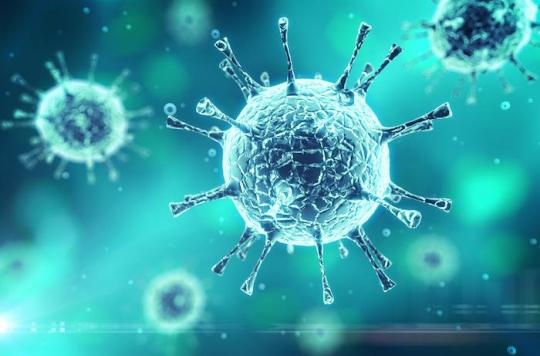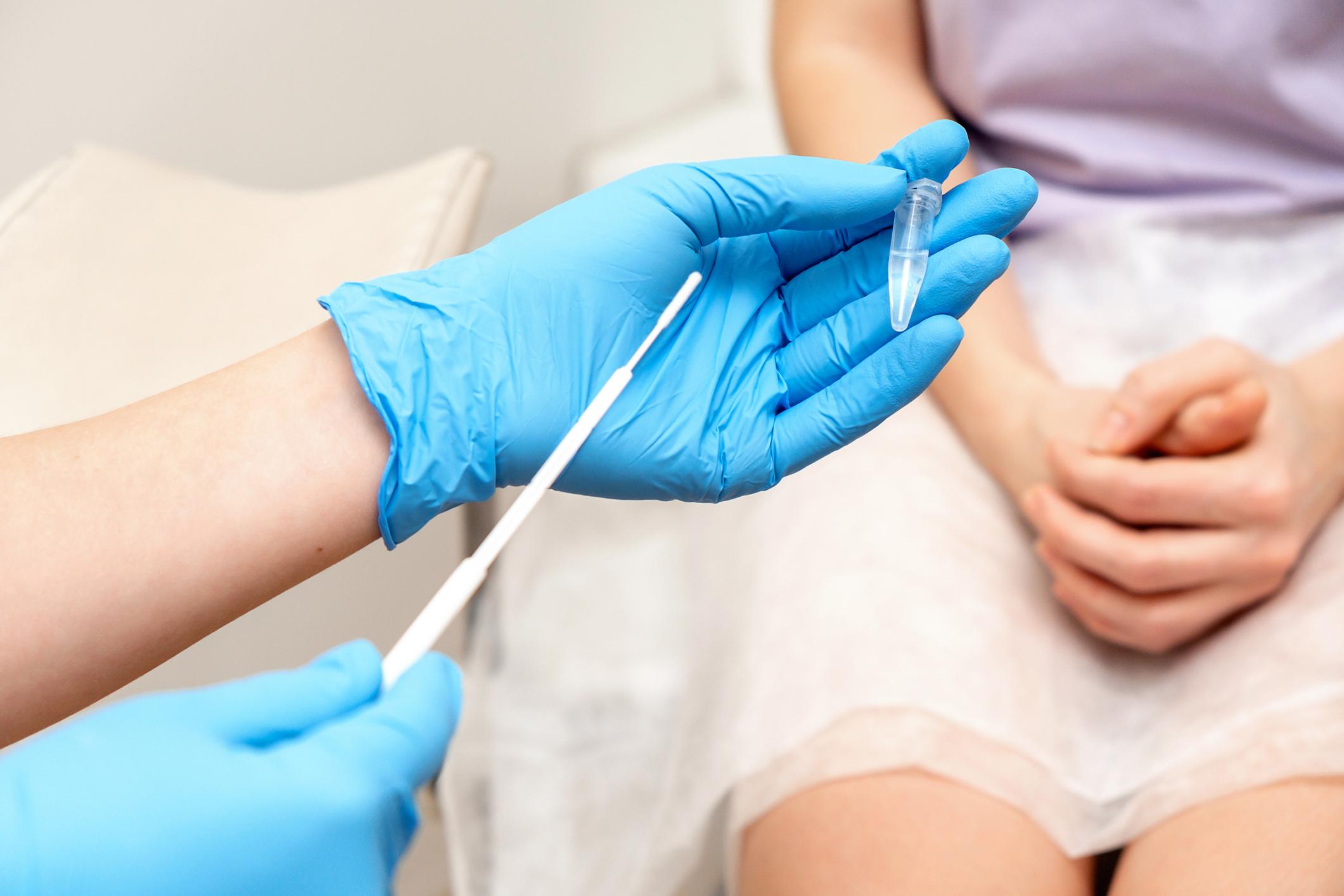The European Center for Disease Prevention and Control (ECDC) recently announced that cases of “ultra-resistant” gonorrhea have increased in recent months, with three new cases in Europe and Australia since last February. What are the risks ?

Often manifested as pain when passing urine, gonorrhea, also called “gonorrhea,” is a sexually transmitted infection (STI) linked to a bacterial infection of the body. Neisseria gonorrhoeae. It mainly affects men and women under 30 and is not always apparent, which promotes its spread during unprotected sex. According to Public Health France, STIs bacteria have been increasing in France since the end of the 1990s. 78 million people are infected with gonorrhea each year worldwide, including around 66 million in Europe.
In 2016, a report by the European Center for Disease Control and Prevention (ECDC) found 66,143 cases of gonorrhea in the 27 member countries of the European Union, an increase of 25% over the previous year. Since 2008, the proportion of annual cases has more than doubled, from 8 per 100,000 inhabitants to 20 per 100,000. In short, gonorrhea becomes ultra-resistant to antibiotics, therefore increasingly difficult to treat and could even be day, become incurable.
More and more cases of “ultra-resistant” gonorrhea
According to the WHO, strains resistant to ceftriaxone (the last resort antibiotic) have already been identified in more than 50 countries. Originating in East Asia, resistant strains have recently spread, mainly through sex tourism, with a few confirmed cases in North America (Canada in 2017) and Europe (Denmark in 2017).
The ECDC recently announced that cases of “ultra-resistant” gonorrhea have increased in recent months, with three new cases in Europe and Australia since last February. A strain of multidrug-resistant gonorrhea has also been identified in England, in a young man returning from South East Asia. According to Public Health England (PHE), the body in charge of public health across the Channel, it is the first strain of gonococcus that is both highly resistant to azithromycin, the common first-line oral treatment, and resistant to ceftriaxone, an injectable antibiotic considered to be of last resort in the management of gonorrhea.
What are the signs of gonorrhea?
Gonorrhea affects first the genitourinary organs, but also the throat, the rectum and even the eyes, even the whole of the organism. Signs of gonorrhea appear 2 to 7 days after the contaminant report. However, more than half of men and women do not present no sign, especially in cases of infection of the throat and rectum: doctors speak of “asymptomatic patients”. The problem is that these people, even if they have no signs, remain infected and especially contagious.
At the men, when signs appear, it is mainly a redness and swelling of the urinary orifice on the glans, that is to say a “urethritis“, accompanied by a burning sensation during urination and a purulent, whitish discharge from the penis. At the women, gonorrhea is less often speaking. But they may suffer from burning sensations when urinating, inflammation of the cervix or pain during intercourse, yellowish or bloody discharge from the vagina, or even pain in the lower abdomen.
Our overuse of antibiotics in question
The problem of this “super gonorrhea” highlights a much greater threat to humans: the specter of drug resistant “super bacteria”. For more than 70 years, humans have relied heavily on antibiotics and antimicrobial agents to fight bacterial infections. But their overconsumption has prompted many infectious organisms to adapt, evolve and resist drugs.
If all of this is worrying, remember that the best way to protect yourself is to still have safe sex and get tested regularly.

.















